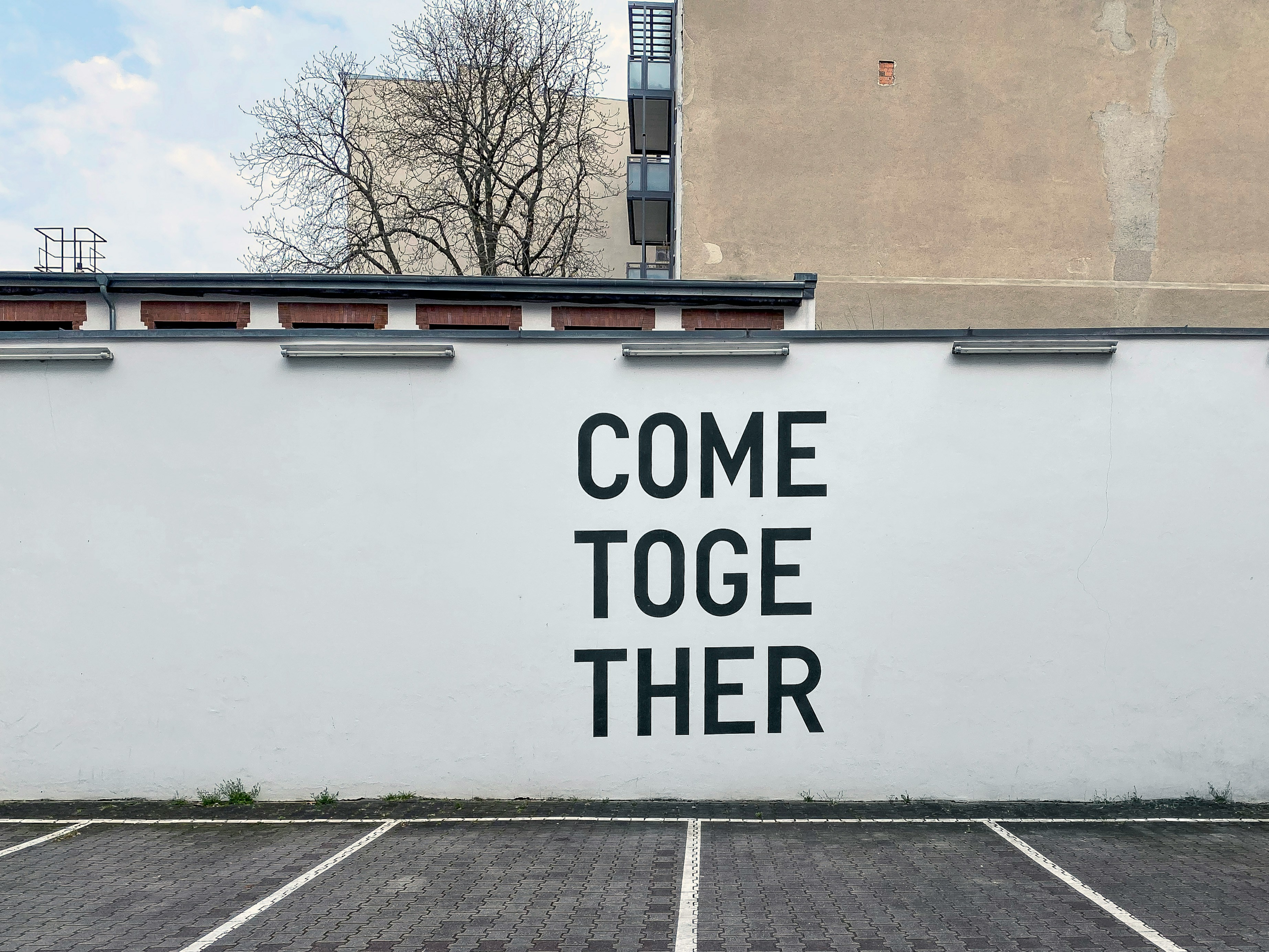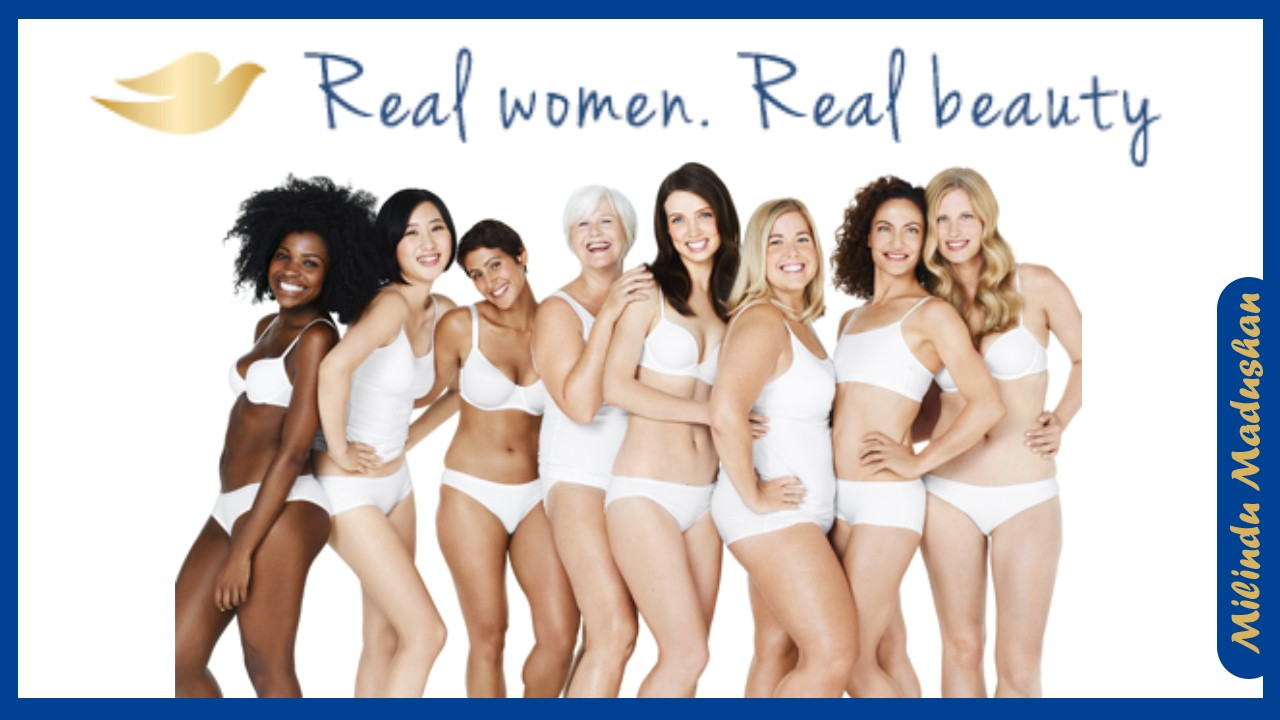In This Article

Big brands aren’t using slogans and taglines anymore. Why? And should you ignore developing slogans, taglines, and a unique selling proposition?
If I were to ask you to list a bunch of slogans and taglines, I’m willing to bet you could rattle off at least 5-10 of them. But, if you take a closer look, you’ll realize that a lot of these are from mature brands like Nike, FedEx, or Domino’s.
But what about newer brands? Go ahead – try and list some taglines or slogans from new brands like Facebook, MailChimp, or any other brand that’s more recent.
How did you do? Did you rattle off a few? If so, please let me know which ones you came up with (but they have to be from “newer” companies)!
This made me wonder if taglines and slogans are outdated and what you should do instead.
Key Takeaways
- Catchy slogans and taglines used to define brand identity, but now visual storytelling and digital content on social media are key in engaging customers.
- Despite the digital shift, the fundamentals for creating memorable taglines remain: specificity, brevity, and emotional resonance are crucial for brand attachment.
- In response to Gen Z’s preference for authenticity, brands are moving towards ‘unbranding’ strategies, focusing on product quality and user experiences over traditional branding.
Slogans and Taglines Are Out, But Good Marketing Messages Aren’t
“Gen Z wants to be part of the brand experience. If you can provide them with an authentic experience, they’ll participate. If you’re successful, Gen Z won’t just join your journey, they’ll bring you along on theirs, becoming brand ambassadors through their own social channels, while helping you grow your brand as influencers themselves.” – AdAge
Big brands are focusing on the newest consumer base – Gen Z. And, the prevailing thoughts on Gen Z is that they don’t want to be sold to by corporations. They’d much rather be sold to by real people sharing their personal experiences with the product or service.
Brands like MUJI, Everlane, and Aesop are leading the pack in successful unbranding. These brands focus on intrinsic product value and rely on organic growth through word-of-mouth instead of traditional promotional tactics. They’ve understood that for Gen Z, a brand’s authenticity and transparency matter more than flashy taglines and big advertising budgets, making them appealing to small businesses as well.
So, how do you engage effectively with Gen Z? The answer lies in:
- Being omnipresent across platforms like Instagram, TikTok, and YouTube
- Leveraging influencer partnerships and ambassador programs to build peer-driven trust
- Using personal and human messaging in marketing to resonate with Gen Z’s preference for authentic brand experiences
In short, Gen Z doesn’t just want to buy your products, they want to experience your brand and potentially become brand ambassadors through their own social channels.
Here’s another example from my own social feed:
Feeling Girl shapewear is what’s currently trending all over TikTok – my feed is filled with hundreds of women all following the same marketing message “This thing is tiny, it’s hard to get into – but OMG the results are amazing!”
Notice that this isn’t a specific tagline – it’s like an idea communicated via thousands of customer stories.
Don’t be fooled – these are ADS – these folks are making money via affiliate links, the brand is making money from referrals.
So, what happened and how?
The Evolution of Brand Messaging

Back in the day, brands used traditional media such as print and broadcast to get their brand message out there in front of the customer and to create that emotional connection.
Remember Nike’s “Just Do It” or McDonald’s “I’m Lovin’ It”? These lines were not just taglines, they were the core of how the brand communicates and the foundation of their
And then came social media with it’s organic content and personal sharing about brands from real people. And this is where marketing messaging really starts to change.
Today, engaging customers through visual and digital storytelling takes precedence over crafting catchy taglines in brand messaging. Social media platforms have become the new stage where brands perform their stories. A static tagline has been replaced by dynamic, multi-dimensional narratives that evolve with real-time user engagement. In this brave new world of branding, do taglines still hold relevance?
Characteristics of Memorable Taglines

During their prime, the best taglines were a huge part of a brands messaging. They leveraged brevity and emotional connection to remain etched in the audience’s memory. Take for instance, Apple’s “Think Different” or De Beers’ “A Diamond is Forever”. These taglines were more than just marketing messages, they were the essence of these brands, packed into a few potent words.
Top-notch taglines, often specific, short, and vivid, encapsulated the brand’s spirit in a manner that consumers could easily remember. They were like mini-stories that instantly communicated what the brand stood for. A good tagline wasn’t just a catchy phrase, it was a powerful tool that helped a brand stand out from its competitors.
Emotional appeal is another characteristic feature of memorable taglines. They connect with the audience’s desires, and help brand attachment through a clear presentation of benefits. Some examples of memorable taglines include:
- Nike’s “Just Do It”: a call to action, an invitation to transcend limits and achieve personal goals
- Apple’s “Think Different”: encouraging individuals to think outside the box and embrace innovation
- McDonald’s “I’m Lovin’ It”: evoking a sense of enjoyment and satisfaction with their products
So, while the digital landscape has transformed the way brands communicate, the principles of crafting memorable taglines remain relevant, as it makes sense that effective messaging still resonates with audiences.
Crafting a Slogan, Tagline or Unique Selling Proposition That Resonates with Ideal Customers
OK, so if you’re not creating catchy pithy taglines, slogans, or USPs for marketing campaigns, then how are you going to get your marketing message our there in a way that’s going to make that emotional connection with your ideal customer?
You’ll still need great tagline, you just won’t be writing jingles around it, or plastering it all over every bit of marketing messaging you put out there. At least not the way brands did years ago.
Instead, you’ll have what I’ll call specific talking points that lend themselves to visual representation and storytelling that CLEARLY communicates the unique benefit or reason why a customer should choose you.
Everything is content marketing. And content marketing means SEO. That means that you’ll be incorporating SEO keywords into your tagline as much as possible But remember, while a keyword-rich tagline can help customers find you, it should still be engaging and make sense to your customers.
Finally, make sure to validate your drafted slogan with your target audience. Their feedback can provide valuable insights that can help refine your message. And yes, avoid cliches and superlatives. They can make your tagline sound corny or insincere.
Alternatives to Traditional Taglines
With the evolution of the digital landscape, the role of traditional taglines in brand messaging undergoes transformation as well. The rise of crowd culture and the dominance of crowd-sourced content have reduced the influence of traditional taglines. In this new landscape, businesses may find a new tagline limiting and of limited lifespan, especially if they quickly become irrelevant due to market changes.
Brands like Chipotle and Dove are embracing cultural branding strategies and aligning with digital communities, moving away from the traditional tagline-driven approach. These brands are leveraging digital platforms to engage directly with their target audiences, creating marketing messages that evolve with the conversation.

With the Dove campaign, no one is going to remember the slogan “Real Women. Real Beauty.” but everyone remembers the idea of the campaign. It’s emotional, real, authentic, and something that brings us all together.
Timeless Marketing Messages
Despite the digital landscape’s evolution, well-crafted taglines continue to hold significance. Successful taglines like Burger King’s ‘Have It Your Way’ clearly communicate the brand’s unique selling proposition. They underscore the enduring value of taglines that capture the brand’s essence and connect with consumers on an emotional level.
Take for example Siemens’ tagline ‘Ingenuity for Life’. It showcases deeper insights into the company’s values and resonates with both employees and customers. By presenting a slogan as both ambitious and credible, a brand can reinforce customer confidence and underline its trustworthiness.
However, it’s not solely about creating a catchy tagline; it involves adapting to changing times. A marketing message focused on your unique selling proposition is never going out of style. But marketing messages need to adapt and grow with your brand, reflecting not just what you sell, but what you stand for.
Think about your business or a hypothetical one with a short shelf life. What would be a timeless, catchy slogan that captures its unique selling proposition? Remember, it should be specific, short, and emotionally connecting.
How Visual Aids in Brand Messaging are Changing

Visual aids serve as the unsung heroes of brand messaging in a marketing campaign. They can convey complex ideas in a straightforward and quick-to-understand manner.
In a world with abundant advertising and information, visual aids can rapidly attract and maintain consumer attention.
Graphics and visual elements support the tagline and other textual content, adding depth and context to the brand messaging. They can communicate beyond language and cultural barriers, making them universally appealing. For example, a well-designed logo can be instantly recognized by consumers across the globe, transcending language barriers.
So while we’ve been talking a lot about taglines and textual content, never underestimate the power of visual aids in brand messaging. They can complement your tagline, enhance your brand identity, and create a lasting impression on your target audience.
Summary
In conclusion, while the digital age has transformed the way brands communicate, the importance of a well-crafted tagline remains. A good tagline is concise, emotionally connecting, and captures the essence of the brand. But it’s not just about creating a catchy phrase, it’s about understanding your brand’s values and communicating them effectively.
So whether you’re crafting a new tagline for your brand, or opting for other forms of branding messages, remember that the goal is to connect with your audience. Because at the end of the day, it’s not just about what you sell, it’s about what you stand for.
Frequently Asked Questions
Are taglines still relevant in modern branding?
Absolutely! Taglines are still essential in modern branding because they help with brand recall and consumer engagement, despite the increasing digital presence of brands.
What makes a tagline memorable?
A memorable tagline is specific, short, and emotionally connecting, capturing the essence of a brand for easy recall. It should be easy for consumers to remember and feel a connection to the brand.
How do I craft a modern slogan?
To craft a modern slogan, focus on clearly communicating what sets your brand apart, incorporate SEO keywords, and ensure it reflects your brand values and can be used across digital platforms. Good luck!
What is ‘unbranding’?
Unbranding is a strategy that prioritizes product quality and user experience over traditional branding. It’s popular among Gen Z who value transparency and authenticity from brands.
Are there alternatives to traditional taglines?
Yes, there are alternatives to traditional taglines such as cultural branding strategies, consistent use of logos and color schemes, and evolving key messages. These can help businesses adapt to changing market dynamics and evolving consumer preferences.